Nestled against the picturesque backdrop of Bass Lake, The Pines Resort stands as a testament to the enduring beauty and rich history of California’s mountainous regions. While the shimmering waters of Bass Lake now offer solace and recreation to visitors, its origins lie in the early 20th century, when the land was transformed to meet the growing demand for hydroelectric power.
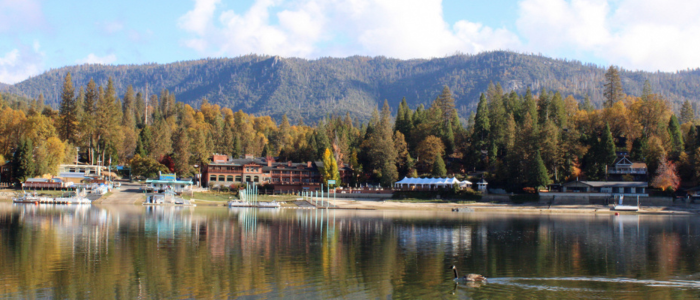
HISTORY TIMELINE:
1848 California Gold Rush spurs a mass migration to the central California area.
1850 Mariposa Battalion secures the Bass Lake area and calls it “Crane Valley.”
1901 Willow Creek dammed up and Bass Lake is created.
1901 Actor William Day and William Haskell create an artist retreat near the falls and call it “The Pines Resort.”
1931 Bass Lake Lodge is created.
1950 Bass Lake Lodge becomes Ducey’s by new owners Maurice and Marie Ducey.
1975 Ducey’s is purchased by Robert Stern and Rudy Shulte and the current The Pines Resort is built.
1988 Ducey’s burns down and is reopened where it stands today in 1991.
2007 The Pines Resort and Ducey’s was purchased by Greenlaw Partners a development corporation from Southern California.
2010 The Pines Resort is purchased by the current owners, Kyusun and Sunwha Choe.
The Chukchansi Indians and the Mono Indians
The first inhabitants of the grassy meadow that would later become Bass Lake were the Chukchansi Indians, an indigenous tribe whose descendants still reside in California today. While no one knows for certain when they came to the area located near present day Fresno, it’s believed that they lived in the region for several thousand years. Next came the Mono Indians, a tribe that lived in the foothills of the region where the climate was milder, but used the valley to hunt and Willow Creek, a tributary of the San Joaquin River, which ran along the valley floor, to fish. They would remain in the valley until 1851, when a detachment of the Mariposa Battalion discovered the tribe.
The end of an era: The California Gold Rush and the Mariposa Battalion
The discovery of gold in California in 1848 spurred a mass migration to the area, and within a year, thousands of emigrants were traveling to the Yosemite area by way of the California Trail. By 1850, fights were beginning between the miners and the indigenous tribes of the area. The Mariposa Battalion, led by James Savage, began to move through the area, convincing tribes to sign a peace treaty and move to reservations, or, for those who refused, removing them by force. The Mono Indians were no exception, and in 1851 they left the valley for good.

New Beginnings: Crane Valley and the first dam
When the Mariposa Battalion first came to the valley, they observed flocks of what they believed to be Sandhill Cranes, and aptly named the area Crane Valley. The birds were in fact Great Blue Herons, which still populate the area today. With the growing population of miners, their families, and other businessmen drawn to the increasingly popular area, the need for a new source of power became apparent, and plans were drawn in 1895 that would lead to the damming of Willow Creek to create a hydroelectric power for the San Joaquin Valley and its inhabitants.
Building a lake: From Crane Valley to Bass Lake
The San Joaquin Electric Company, later the San Joaquin Light & Power Corporation was formed, and in 1901, the first earthen dam was built on the creek. The dam was enlarged in 1905, and again in 1910, forming the 145 foot structure that still exists today. The San Joaquin Light & Power Company would merge with Pacific Gas & Electric in 1936, which continues to operate the dam today.
The lake that formed above the dam was first called the Crane Valley Reservoir, but following the devastating pollution of the lake by a nearby lumber company, all of the lake’s fish died, and the government ordered the company to replace them. They introduced a non-native species, Bass, and a new name was born. The sparkling, warm waters of Bass Lake continue to generate electricity and provide irrigation to residents and farms in the regions surrounding the lake, and the population of Bass makes the lake a popular fishing destination.
The start of The Pines Resort
The potential for tourism became evident, leading to the establishment of The Pines Resort in 1901 by actor William Day and land developer William Haskell. They came across the area and decided the beauty of this place would be a perfect setting for an artists’ retreat. They built a sawmill on Willow Creek, constructed cabins, and built The Pines Resort. This is the first resort at what was then called the Crane Valley.

Source: www.basslakeca.com
The resort flourished in the 1930s, gaining renown as a premier vacation destination. Ducey’s on the Lake, initially founded as a restaurant adjacent to the Bass Lake Lodge, became an integral part of the resort’s charm. Under the stewardship of Maurice and Marie Ducey, the lodge underwent significant expansion, solidifying its status as a hub of activity.

Source: www.basslakeca.com
The Pines Resort as we know it today
In 1975, The Pines Resort purchased Ducey’s Bass Lake Lodge, and two years later, business partners Robert Stern and Rudi Schulte came together to begin creating the full-service, year-round destination that The Pines Resort remains today. However, in 1988, a grease fire in the kitchen burned the structure to the ground. The resort was rebuilt, and The Pines Resort reopened in 1991. In 2007, the resort was purchased by Southern California’s Greenlaw Partners, and in 2010 it was sold again, this time to Mr. and Mrs. Kyusun Choe, residents of Ahwahnee, who set about renovating and improving the property.
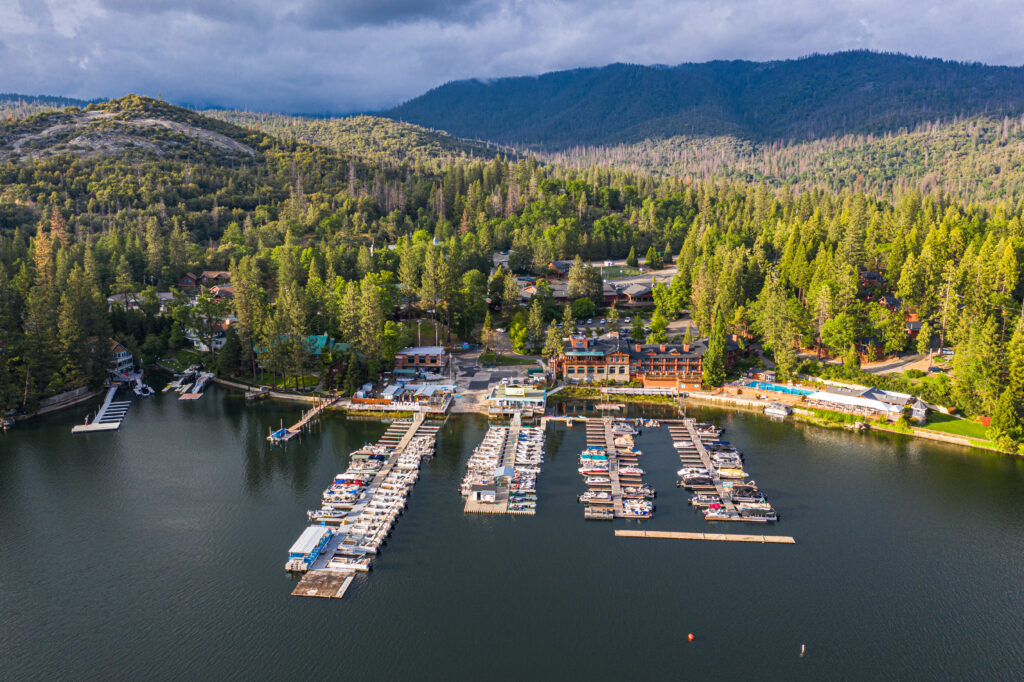
Photo by Moran Shaabali
The Tradition Continues
The tradition of excellence and innovation continued with the appointment of Mark Choe, son of the owners, as General Manager in 2020. Under his leadership, The Pines Resort embarked on extensive room renovations, including a complete kitchen remodel, updated furnishings, and enhanced amenities, ensuring a memorable experience for guests. His passion for hospitality and dedication to guest satisfaction propelled the resort to new heights, garnering praise from visitors and industry professionals alike.

Shortly after his appointment, the new General Manager had to face the challenges posed by the COVID-19 pandemic in 2020, The Pines Resort demonstrated resilience and compassion. Offering affordable family meals, contactless deliveries, and engaging content on social media, the resort remained a beacon of hospitality. Innovative initiatives such as drive-through events and free micro wedding giveaways earned recognition, including the prestigious 2022 Poppy Award for Best Content Marketing by Visit California.
The Pines Resort underwent extensive room renovations from 2020 to 2021. These enhancements included a complete kitchen remodel, updates to flooring and furnishings, installation of new beds and couches, and the modernization of air conditioning units. Additionally, a comprehensive bathroom remodel was undertaken, ensuring that guests enjoy the utmost comfort and convenience during their stay.
Don’t be fooled by its rich history and quaint charm; today, The Pines Resort continues to enchant visitors with its rustic charm, modern comforts, and breathtaking scenery. With its proximity to Yosemite National Park and Fresno, it remains a cherished retreat for travelers seeking adventure and relaxation amidst the splendor of California’s wilderness.
The Pines Resort features updated guest rooms and amenities, including a lakefront swimming pool and jacuzzi, Glice Rink and activity center, the bar, gift shops, and more. It’s mountain lodge ambience and proximity to the lake, combined with stunning views has even attracted several movie makers over the years, beginning as early as 1932 with the film “Carnival Boat,” starring William Boyd and Ginger Rogers. Located just 17 miles south of the south entrance to Yosemite and 55 miles north of Fresno, The Pines Resort offers a rustic escape within driving distance of some of California’s greatest attractions.

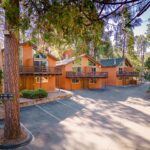
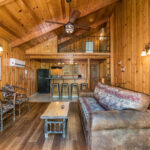
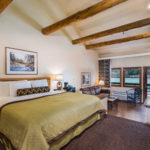
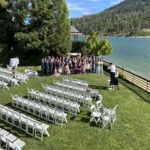
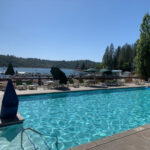
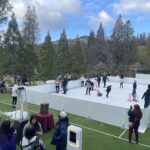
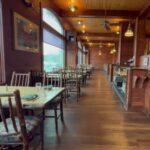
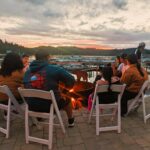

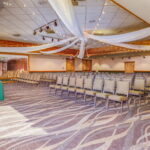
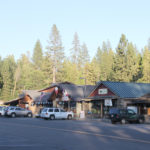

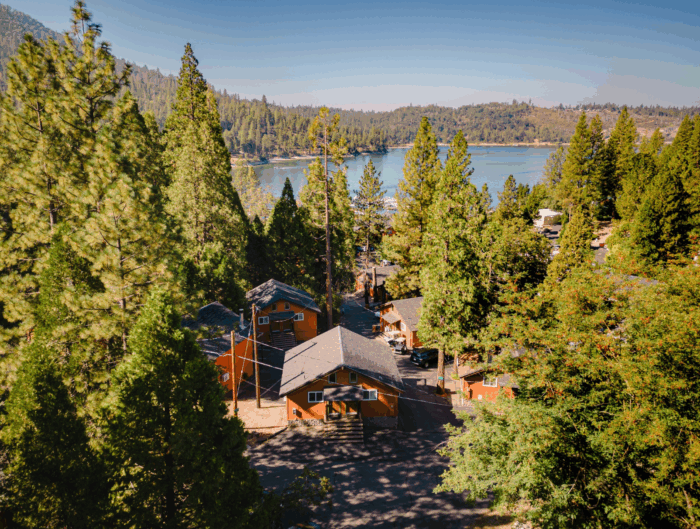
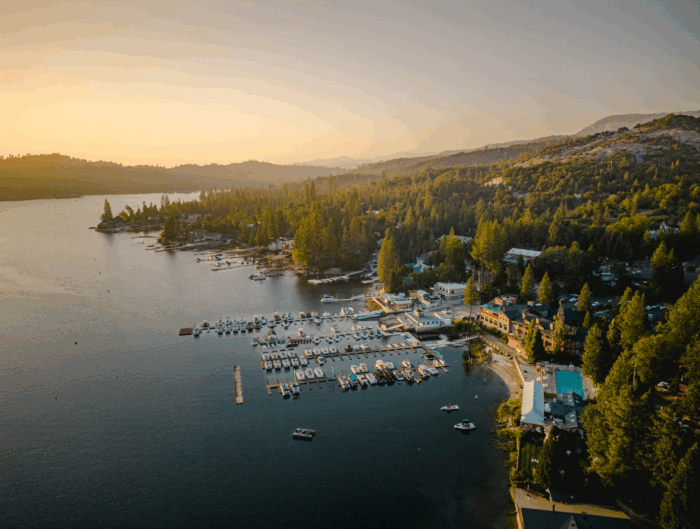
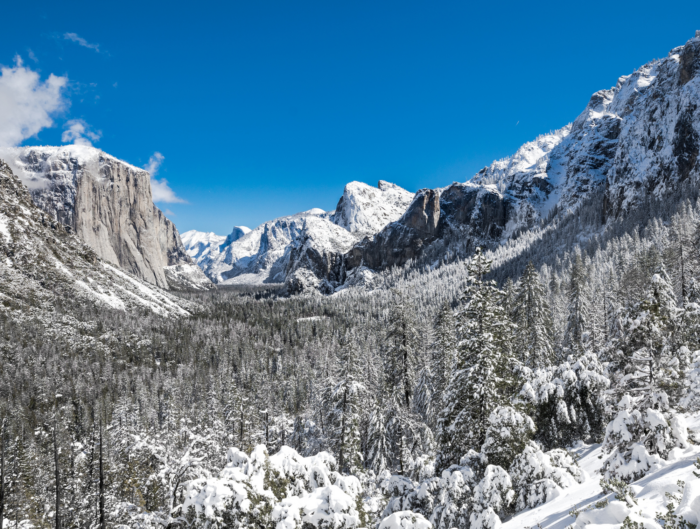
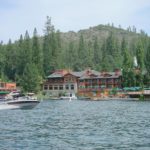
2 Comments
Why isn’t Williams family not mentioned in this history along with The Falls.
Do you have any more information on the Williams family?